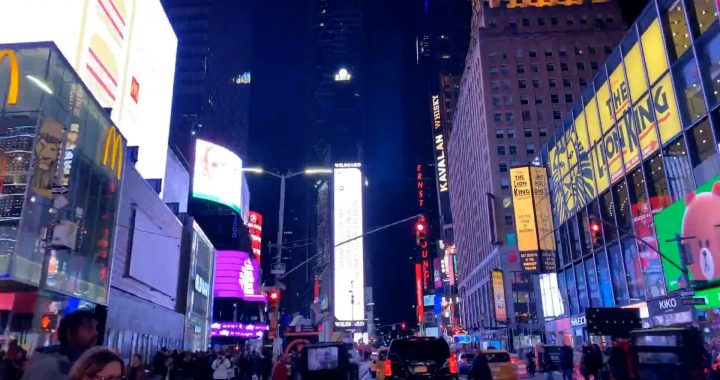There has been a noticeable increase in reckless driving on the streets since the COVID-19 pandemic. Many people seem to have lost their respect for traffic laws, with some disregarding stop signs and red lights. Even the car belonging to Selvena Brooks-Powers, the chair of New York City’s transportation committee, has received multiple tickets for speeding in school zones. Since taking office in March 2021, the car has received a total of 34 tickets and has been linked to over $2,000 in fines and penalties. The owner of the car may be required to take a driver safety course or risk having their wheels impounded. It is unclear how often Brooks-Powers herself drives the car.
The car belonging to Selvena Brooks-Powers, the chair of New York City’s transportation committee, has received a significant number of speeding tickets. This has triggered the Dangerous Vehicle Abatement law, which was implemented in 2020. According to this law, the owners of cars with more than 15 speed camera violations or 5 red light camera violations within any 12-month period are required to take a safety course. If the owner does not complete the safety course within 30 days of receiving a notice, the car will be seized by the city sheriff’s office.
It is unclear if the owner of Brooks-Powers’ car has received such a notice or how often she personally drives the car. However, a spokesperson for Brooks-Powers claimed that she only uses the car “occasionally.” Despite her statement in April that she would “slow down,” the car has continued to receive multiple speeding tickets, including 29 in school zones.
In August, a state law expanded the city’s speed camera program to allow for the automatic issuance of tickets 24/7. Data from the city Department of Transportation shows that this shift has helped discourage reckless driving, with the number of monthly speeding violations issued by the cameras falling by 25% from August to November. Danny Harris, the executive director of the street safety advocacy group Transportation Alternatives, emphasized the importance of responsible driving in order to prevent harm to families. He stated, “Whether you think it’s OK to speed or be distracted, or to turn your attention away from the road, the realities are that families are being impacted forever. Your actions behind the wheel matter.”

